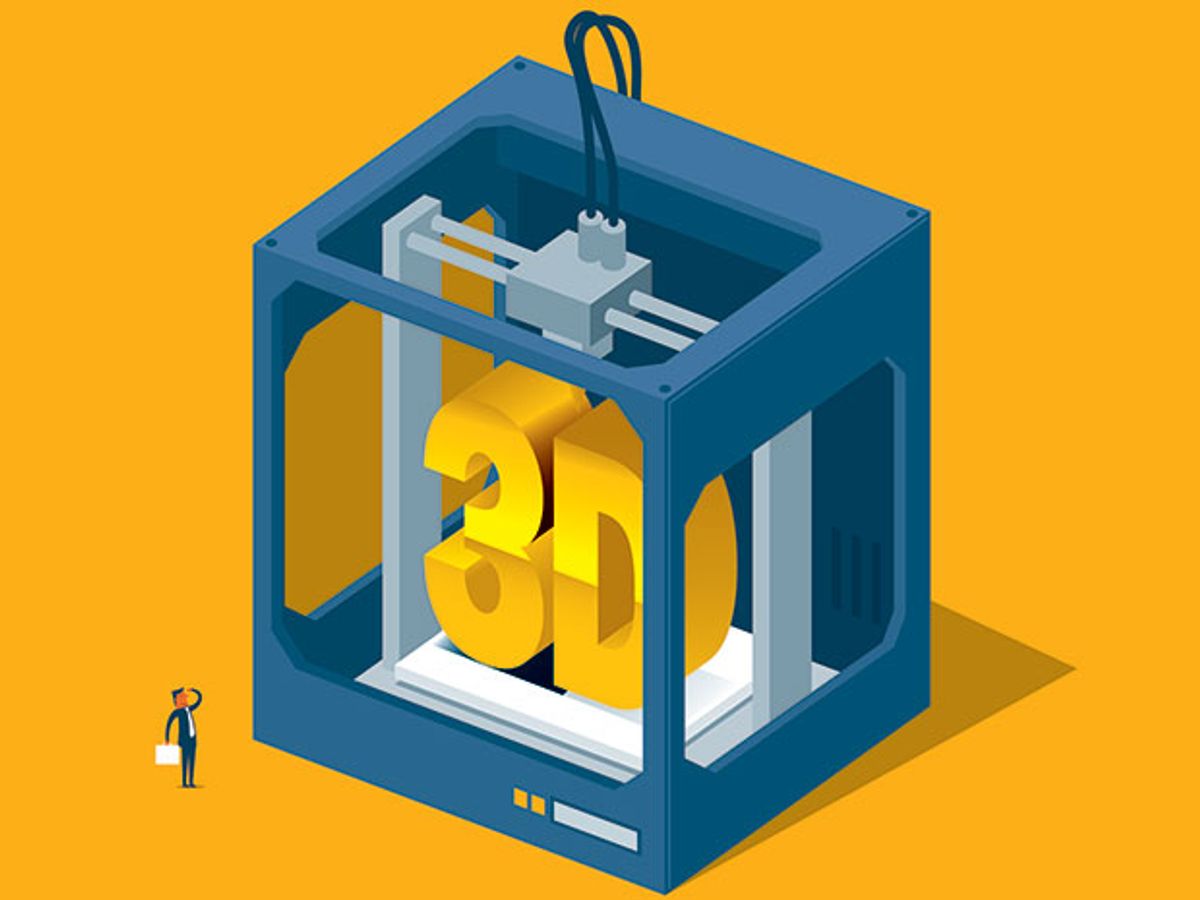
It’s become increasingly clear over the last couple of years that the world of 3D printing is experiencing a paradigm shift. While it has long been the domain of design engineers who have used it to quickly produce prototypes from computer-aided design specifications, there is a movement for change in the market across two fronts: the hobbyist or home users market continues to expand; and, industry is edging closer to using 3D printing for actual commercial products as opposed to merely prototypes.
As far as the hobbyist market, you can measure how fast it’s growing by the fact that major electronics distributors like Arrow Electronics are offering how-to videos on how to set up your 3D printer (see the video below). Another example of the growing hobbyist trend is Arrow offering tips on producing increasingly more complicated shapes with your home 3D printer.
However, there is another trend that companies like Arrow are taking notice of and could, as Laura Hughes, global application marketing manager for Arrow Electronics, has suggested, lead to an evolved market in which: “3-D printing technology would radically change the embedded systems development process, unifying physical and electronic engineering into a single seamless process that could yield products that are unimaginable today.”
This emerging market segment would help account for the 40 percent annual growth rate that has been projected for 3D printing between 2015 and 2020 in which the market will exceed $35 billion from its $5.6 billion market size in 2014, according to market research firm IHS Inc.
A key element in this “unifying physical and electronic engineering into a single seamless process” will be the use of nanomaterials that can impart electrical properties to the final product and lead to 3D printed electronics.
Some industry observers believe that this developing trend of 3D printed electronics will soon exhibit explosive growth. An indication of this potential was the recent launch of a new 3D printer from a company called Voxel8 that specifically targets the printing of electronics and circuitry.
There is a growing body of research that demonstrates that nanomaterials when combined with 3D printing techniques can fabricate a range of electronic products. For instance, researchers at ETH Zurich in Switzerland have used gold or silver nanoparticles in combination with a 3D printer dubbed the Nanodrip to produce the electrodes on touch-screens.
In other research, scientists at Princeton University have used 3D printing in combination with quantum dots to create an entire contact lens with light-emitting diodes (LEDs) embedded into it. While this prototype couldn’t be made into a practical device because it lacks an energy source to run it, the work does demonstrate that is possible to use 3D printing to create complex electronics including semiconductors
Nanomaterials are not only enabling the fabrication of a range of electronics, but they are also making possible new types of 3D printing. In recent research out of Harvard University, a silver-nanoparticle ink was used in a new 3D printing process in which the ink is extruded and annealed with a laser so quickly that the system is able to “write” free-standing 3-D structures. You can see the amazing process in the video below in which it appears as though the structures were written with a pen and are suspended in midair without any visible signs of support.
The new technique is not just amazing to watch but could be used to produce metallic interconnects; along with springs and other freestanding spiral structures that could be used in microelectromechanical systems (MEMS); as well as antennas that operate much more efficiently in 3D form; and a host of other electronic devices.
Nanomaterials are also beginning to blur the lines between industrial and hobbyist use of 3D printing. A start-up based in Calverton, NY, Graphene 3D Lab, Inc. has developed a graphene-based conductive polymer filament for use in 3D printing in the fabrication of electronic devices for both industry and hobbyists. The company has dubbed their product Black Magic 3D. The company claims that the graphene-based filament can be used with any 3D printer from the hobbyist to the industrial.
If products like this continue to develop, we may see an end to our current understanding of where the line exists between a hobbyist and industrial use of 3D printing.



